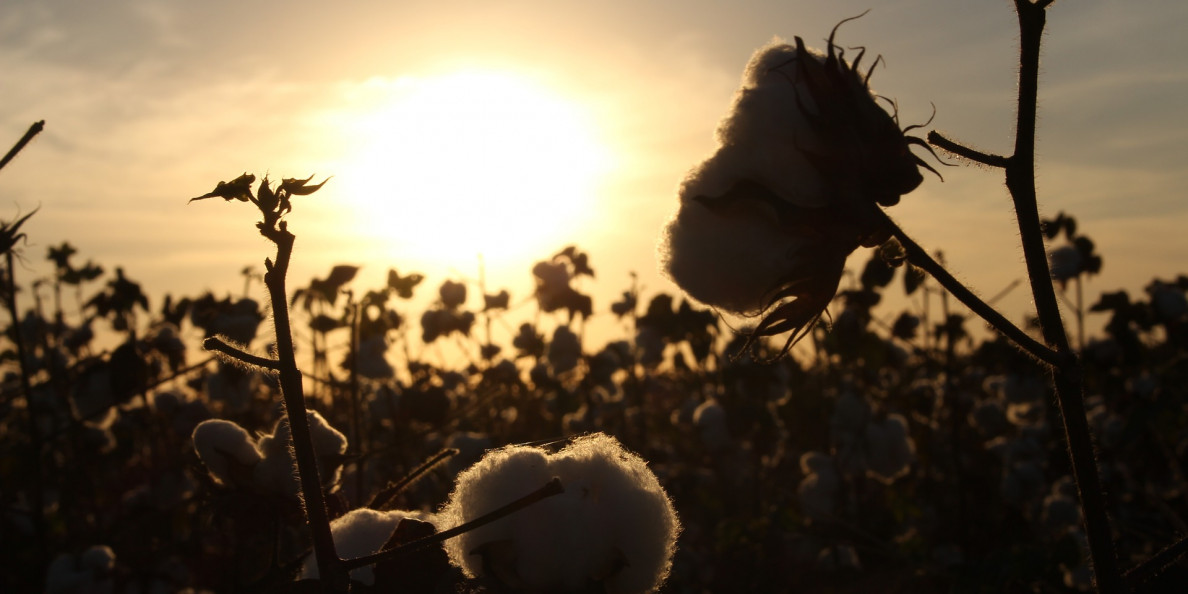In the ripples of the U.S. ban on Xinjiang cotton, there is a broader question of the state of traceability and “sustainable” cotton in the industry.
“Cotton on its own, you can grow organic cotton, you can grow ‘sustainable cotton.’ The issue I have is that you’re not telling the whole story. Everything that happens between that cotton farm and the consumer. There’s a blindspot with all fashion companies whether it’s intentional or not,” said Mark Burstein, executive vice president, industry principal at Logility, which developed a supply chain traceability solution in response to the situation. The solution documents chain of custody from cotton source to importer of record, tying all supply chain transactions together in a way that’s akin to a “digital thread.”
After a culmination of efforts to combat modern “slave labor” waged on Uyghur Muslim minority groups — the first in the form of a Withold Release Order of the Xinjiang Production and Construction Corps, or XPCC — the U.S. Customs and Border Protection went a step further to put a halt to all goods made of cotton from China’s Xinjiang Uyghur Autonomous Region, as of Wednesday.
The far western Xinjiang region alone accounts for roughly 20 percent of the world’s cotton supply, according to Worker Rights Consortium estimates. With broader possibility for detainment, how are fashion brands to prove their garments don’t include the labeled tainted cotton?
One thing is certain, fashion isn’t all there yet in regard to advanced analytics, machine learning and scenario-modeling to make the best sourcing decisions.
How does the Xinjiang crisis affect sourcing strategies — and namely how sustainable are existing practices?
Industry initiatives like Better Cotton Initiative or benchmarks like the Sustainable Cotton Ranking have provided roadmaps in the past, on top of a growing movement for brands to publish information on their supply chains. In 2018, the companies that sourced more than 90 percent of their cotton as Better Cotton were Adidas AG, Hema BV and Stadium AB, Decathlon SA, Fatface Ltd. and Hennes & Mauritz AB. Meanwhile, Ikea AG sourced more than 75 percent of its cotton as Better Cotton, as per a BCI blog post from June 2019 titled: “Which Global Brands Are Leaders in Sustainable Cotton Sourcing?” In the past, Adidas, Ikea and H&M Group ranked in the top three for sustainable cotton.
While not speaking to any one initiative or industry tool in particular, Burstein is leery of anything that doesn’t involve a cohesive, AI-powered software and chain of custody.
“I see 99 percent of the conversation on sustainability is greenwashing,” he said, in a matter-of-fact way. Over the past few days, Burstein has been in frequent conversations with U.S. Customs and brands (Logility’s portfolio includes Brooks Brothers, Lacoste and VF Corp.) seeking further guidance.
Another source pointed to traceability as key moving forward. When asked what is needed to ensure cotton labeled “sustainable” can be trusted going forward, Dr. Adrian Zenz, a senior fellow at the Victims of Communism Memorial Foundation in Washington, D.C., who uncovered a trail of documents in December that further condemned the region, said: “That requires close checking. If they do not fully divest from cotton products from China, it must be carefully evaluated whether these products are from China but not from Xinjiang. Sourcing has to be precise and traceable.”
“The fashion industry is very much dragging their feet, largely because the alternatives are limited and more costly,” Zenz said. “But now, the pressure is on.”
The sentiment comes in line with the recent statement from the American Apparel & Footwear Association, National Retail Federation, Retail Industry Leaders Association and the United States Fashion Industry Association. The Wednesday statement gave further assurance that “the industry is pioneering and implementing new technologies and innovative approaches to decipher where supply chains are susceptible to forced labor, particularly as it relates to XUAR. We look forward to working with the U.S. Customs and Border Protection to make sure enforcement is smart, transparent, targeted and effective.”
“Our industry has to change. Period,” Burstein said.


